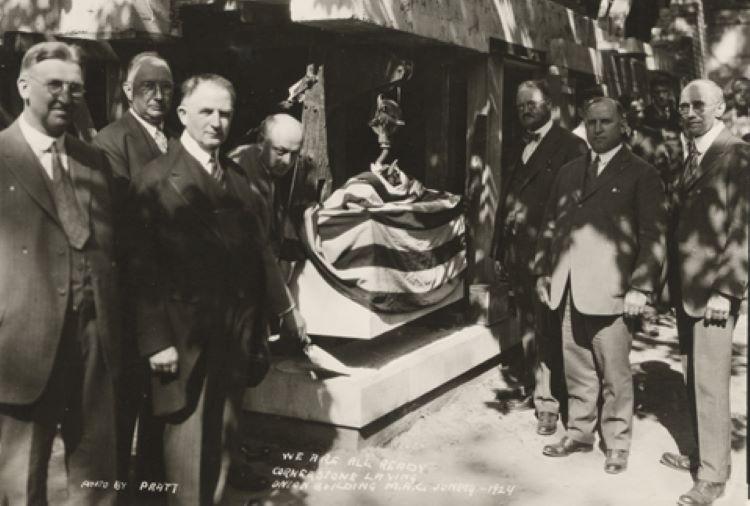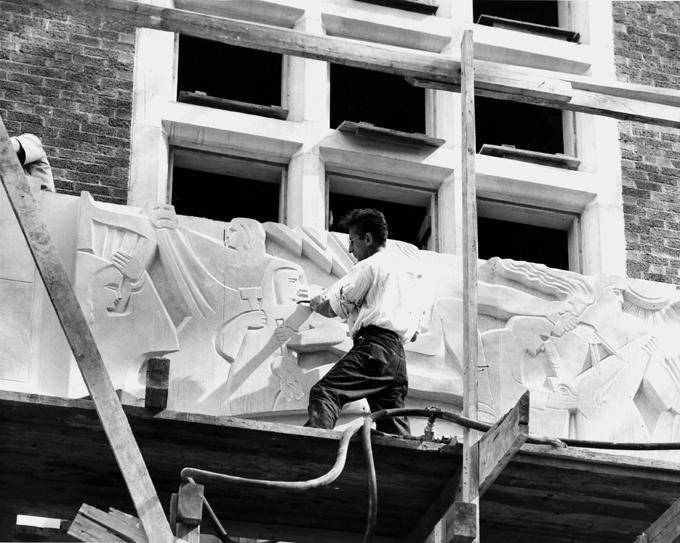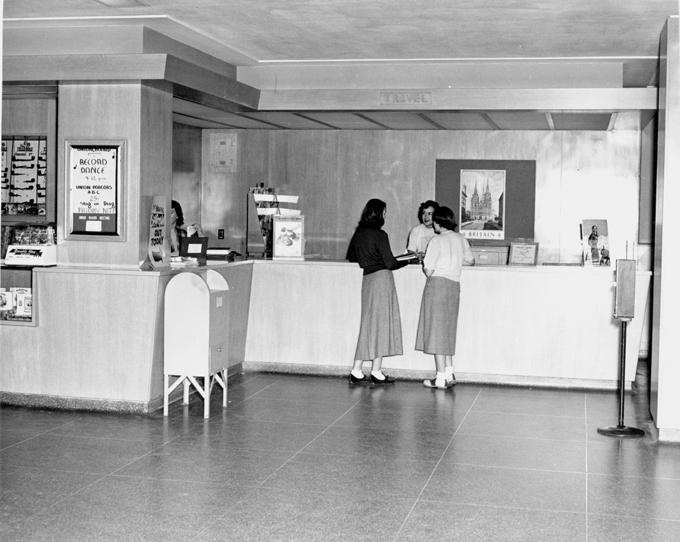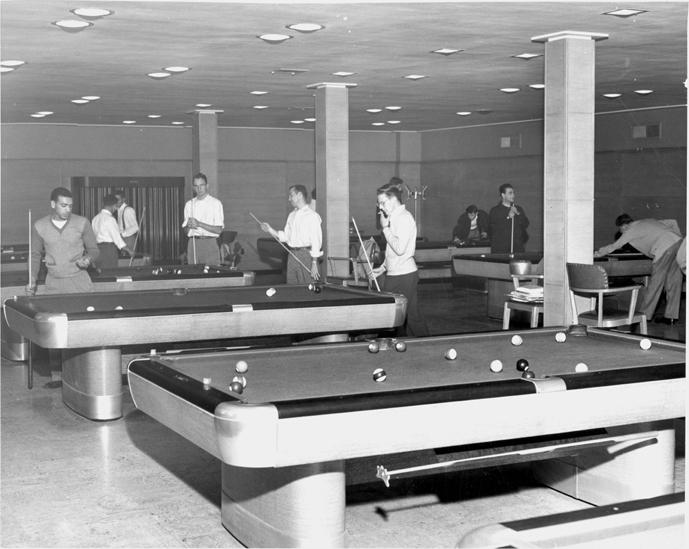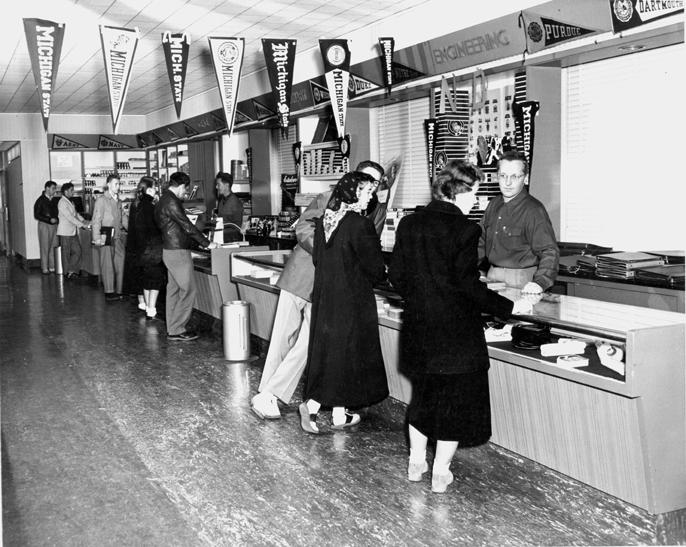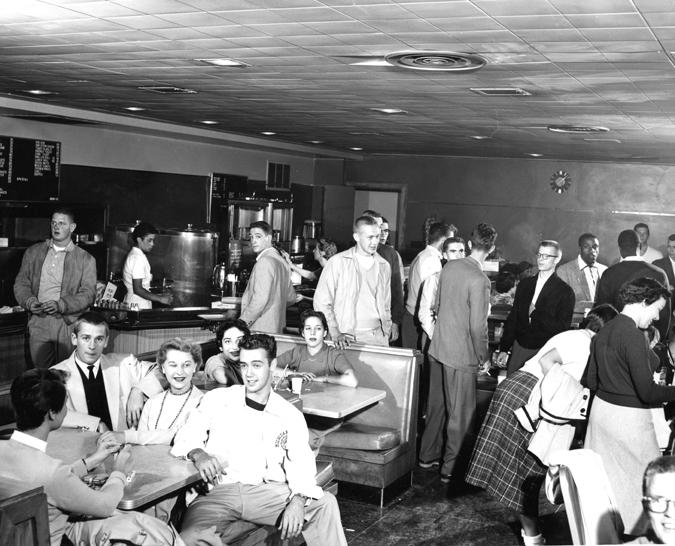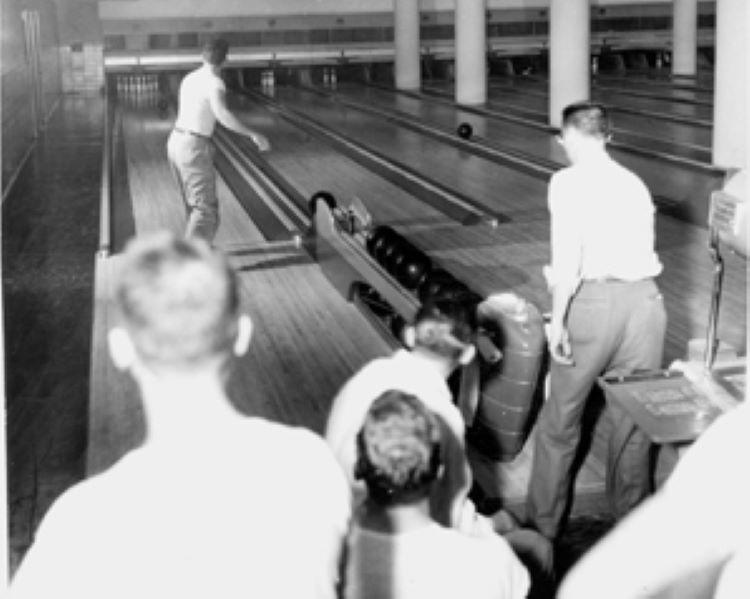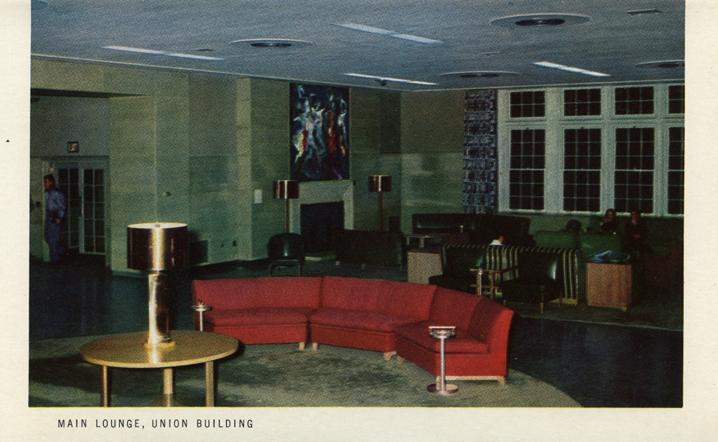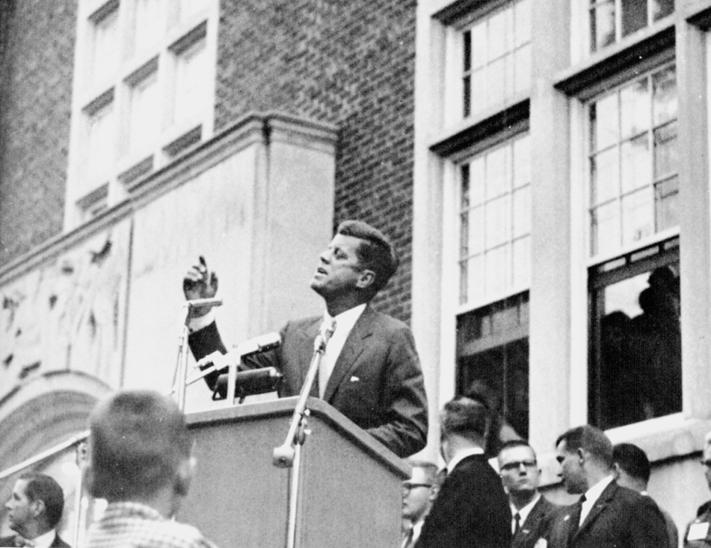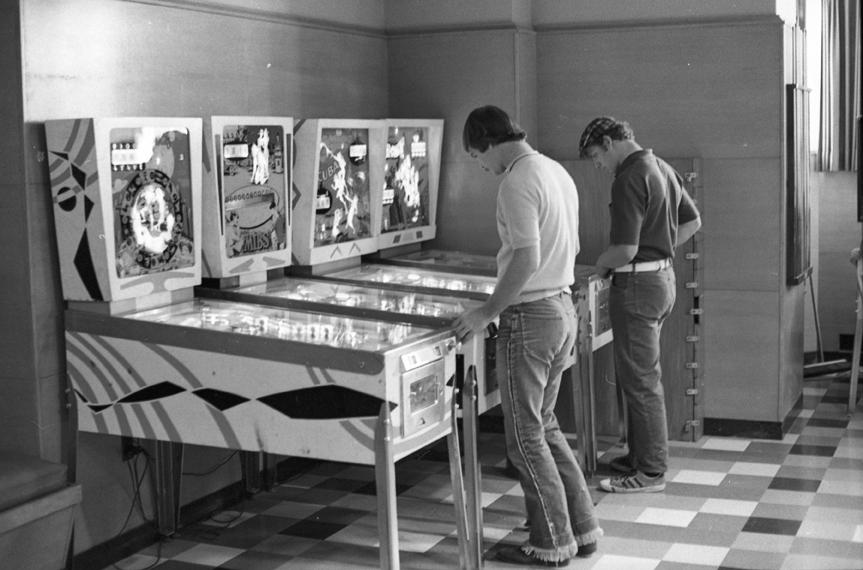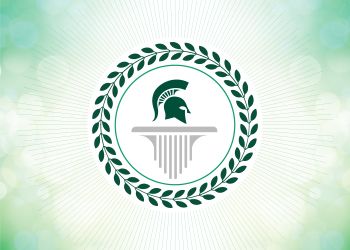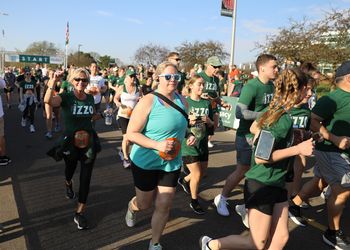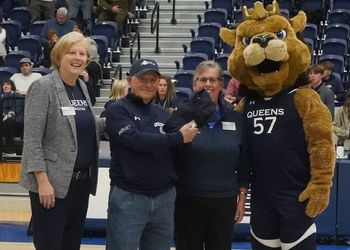MSU Traditions: Origins of the MSU Union
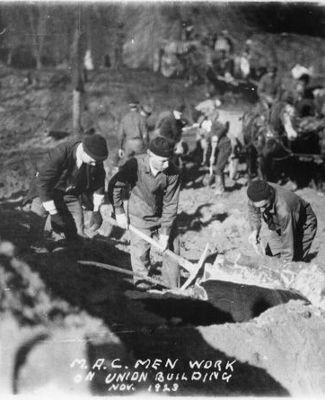
MSU Traditions: Origins of the MSU Union
Passion, grit and good old-fashioned hard labor. That’s what it took to turn the corner of Abbot and Grand River into a destination for generations of Spartans.
February 9, 2023Since opening in 1925, the MSU Union has stood a campus landmark. The building and gathering place has hosted everyone from presidential hopefuls to college kids looking for haircuts. And while most of us have memories of grabbing a bite after class or finding a place to study, it’s not often we think of the Spartans whose big ideas and bare hands went into the creation of the space.
In 1905, when MSU was known as Michigan Agricultural College (MAC), a committee was formed to plan a campus destination for students to congregate. The committee, however, had no funding. What they did have was support from the growing student body. Ten years later, the MAC Class of 1915 came together to set things in motion—each student agreed to pledge $5 (about $145 today) toward the creation of a student union.
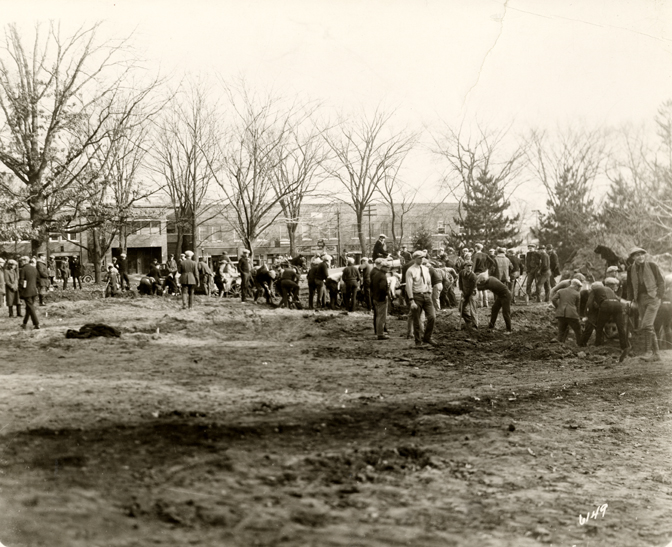
World War I stalled the project until June 1923, when the MAC Alumni Association held a ground-breaking ceremony at the corner of Abbot and Grand River. But again, funding was scarce, and the building site remained untouched that summer.
Robert J. McCarthy, secretary of the Alumni Association, knew they lacked the money, but not the means. That fall, he organized Excavation Week and invited male students, faculty and community members to unite Nov. 19-24 for a week of hard labor in the name of the long-awaited union building.
Excavation Week was a lively affair. As volunteers dug the building’s foundation, the band played, refreshments were served and students competed against professors for daily prizes. In the end, the one-of-a-kind event was a huge success that gained national attention.
The MAC Memorial Union finally opened June 12, 1925. Featuring a two-story auditorium, 16 guest rooms for alumni and friends, a barbershop and beauty salon, a bookstore and a centralized kitchen, the Union quickly became the center of campus life as enrollment surpassed 2,200 students.
Over the decades, the MSU Union—which officially changed its name in 1955, along with the university—has evolved to keep up with student needs and accessibility. The building has seen everything from bowling lanes to banks to travel agencies. But no matter what is housed inside, the Union will always remain a place for student life to flourish.
“I am delighted the MSU Union has continued to serve as the heart of our campus community for so many years,” said Cathy Fitzpatrick, director of the MSU Union & Alumni Memorial Chapel. “We are excited to prepare for the celebration of our 100th Anniversary year in 2025.”
What started as an idea turned into a passion and finally a reality. Thanks to those generations of Spartans, many more have found their place at the MSU Union.
Photos: Michigan State University Archives and Historical Collections
Author: Tim Cerullo, '08


